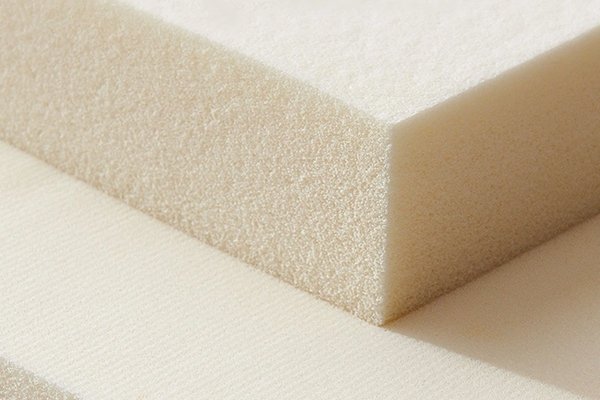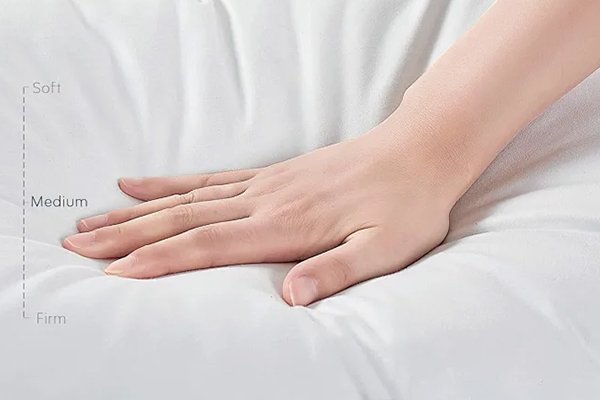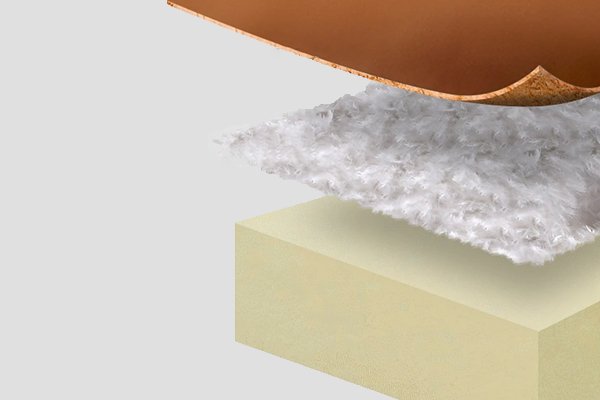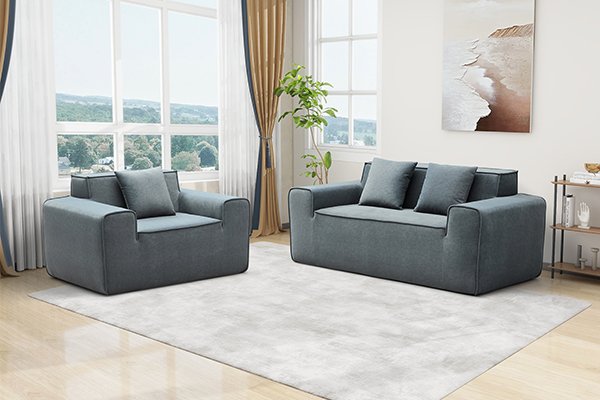
In modern living, compressed sofas have emerged as a space-saving and practical furniture solution. But a question remains: can these innovative sofas provide the same level of comfort as their traditional counterparts? Many potential buyers may hesitate, wondering if compact design compromises comfort. This article will explore whether compressed sofas can truly match—or even surpass—the comfort offered by traditional sofas.
Compressed sofas can indeed match the comfort of traditional sofas by combining advanced materials, ergonomic designs, and innovative engineering, while offering added benefits like portability and space efficiency.
Let’s delve deeper to uncover how compressed sofas stand up to the challenge of comfort.
What Are Compressed Sofas and How Are They Designed for Comfort?

Compressed sofas are crafted using advanced manufacturing techniques that allow them to be vacuum-sealed and compactly packaged for transportation. Once unboxed, they expand into full-size sofas, ready to provide comfort and style. Unlike traditional bulky sofas, these compact versions are designed with portability and small-space living in mind.
Key Comfort Features:
- High-Density Foam: Many compressed sofas use high-density foam, providing excellent support for sitting or lounging, much like traditional sofas.
- Ergonomic Design: Compressed sofas often incorporate designs that promote good posture and reduce strain on the back and neck.
- Customizable Cushions: Adjustable backrests, movable cushions, and modular designs allow users to personalize their comfort experience.
At HSM, we prioritize both functionality and comfort, crafting our compressed sofas with materials like memory foam and reinforced frames to ensure they feel just as luxurious as a traditional sofa.
How Do Compressed Sofas Compare to Traditional Sofas?

Let’s examine how compressed sofas hold up when compared to traditional sofas in terms of comfort, durability, and versatility:
| Aspect | Compressed Sofas | Traditional Sofas |
|---|---|---|
| Comfort | High-density foam and ergonomic design for support and relaxation. | Plush seating, often with deep cushioning, but can be bulky and rigid. |
| Portability | Lightweight and compact, ideal for frequent movers. | Heavy and challenging to transport or rearrange. |
| Customization | Modular designs allow rearrangement and adaptability to different spaces. | Limited flexibility; fixed designs. |
| Space Efficiency | Compact packaging and flexible configurations save space in smaller homes. | Requires significant space and is not ideal for compact living areas. |
| Durability | Designed to withstand compression without compromising long-term performance. | Durable but may require professional maintenance for upholstery and structure. |
Why Compressed Sofas Are a Comfortable Choice
1. Advanced Cushioning Technology
Compressed sofas incorporate state-of-the-art cushioning materials, such as:
- Memory Foam: Conforms to the body, offering excellent support and pressure relief.
- High-Resilience Foam: Provides a firmer base, ensuring long-lasting comfort.
These materials make compressed sofas feel just as comfortable as traditional ones, if not more, by catering to diverse comfort preferences.
2. Ergonomic Support
Traditional sofas often prioritize aesthetics over ergonomics, leading to discomfort during extended use. Compressed sofas, however, are designed with ergonomics in mind:
- Adjustable cushions and backrests support natural posture.
- Modular components allow users to create configurations that suit their personal comfort needs.
3. Flexible Design for Personalized Comfort
At HSM, our compressed sofas are modular and customizable. Whether you need a sectional for lounging or a compact loveseat for reading, you can reconfigure the sofa to meet your needs.
Common Concerns About Compressed Sofa Comfort—and How They’re Addressed

Despite their growing popularity, some concerns about compressed sofas persist. Here’s how these concerns are resolved:
Concern 1: “Compressed sofas lose their shape over time.”
Modern compressed sofas use resilient materials like reinforced memory foam and durable fabric upholstery. These ensure the sofa retains its shape even after repeated compression and expansion.
Concern 2: “They can’t provide deep seating like traditional sofas.”
Some compressed sofas come with adjustable depth or extendable modules, offering flexibility for deep seating when desired.
Concern 3: “Assembly might compromise stability.”
Innovative engineering ensures stability after setup. At HSM, we design our sofas with reinforced frames and secure assembly mechanisms to maintain their integrity and comfort.
Additional Benefits of Compressed Sofas
Beyond matching traditional sofas in comfort, compressed sofas offer distinct advantages:
- Space Efficiency: Ideal for compact living spaces, these sofas maximize floor area while maintaining a stylish aesthetic.
- Portability: Lightweight and easy to transport, perfect for renters or frequent movers.
- Sustainability: Compact packaging reduces the carbon footprint associated with transportation and storage.
At HSM, we take sustainability seriously, using eco-friendly materials and processes in our manufacturing.
Real-Life Scenarios: When to Choose a Compressed Sofa
Compressed sofas are perfect for:
- Small Apartments: Maximize living space without sacrificing comfort.
- Frequent Movers: Lightweight, compact design simplifies relocation.
- Modern Living Rooms: Sleek, minimalist designs complement contemporary aesthetics.
- Multi-Functional Spaces: Modular configurations adapt to changing needs.
Conclusion: Are Compressed Sofas as Comfortable as Traditional Sofas?
Yes, compressed sofas can match—and even exceed—the comfort of traditional sofas. By leveraging advanced materials, ergonomic designs, and modular flexibility, compressed sofas provide the perfect blend of comfort, practicality, and style.
At HSM, we believe you should never have to choose between comfort and convenience. Explore our collection of compressed sofas today and experience a furniture solution that truly fits your life.